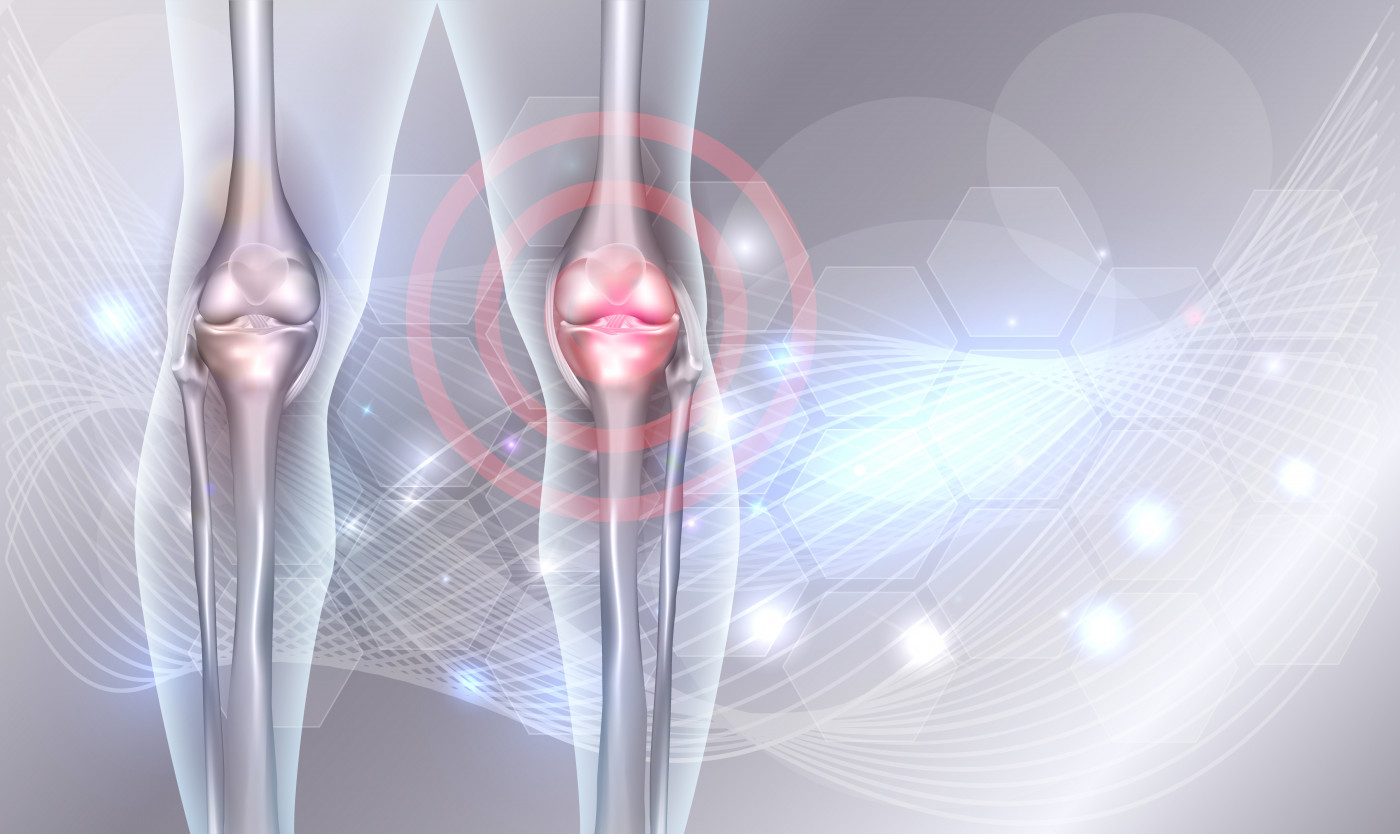Orthopedic Problems in EDS
Written by |

If you have Ehlers-Danlos syndrome (EDS) you may experience a variety of issues related to muscles, bones and joints. Orthopedics is the medical specialty that deals with those problems.
Following is more information about orthopedic problems affecting patients with EDS and how doctors may treat them.
How EDS causes orthopedic problems
EDS is caused by genetic mutations in one of several genes related to the production of collagen, a key component of many types of connective tissue throughout the body. Different types of collagen make up different tissues, including ligaments, tendons and cartilage. The mutations can reduce the amount of collagen or affect its normal strength, making connective tissue more flexible and weaker. This can cause a number of orthopedic problems.
Orthopedic problems you may have
The severity and incidence of orthopedic problems can vary depending on the type of EDS you have. You may experience joint pain, swelling, instability, and dislocations (when a bone has moved from its normal position), or subluxations (when a bone has partially moved from its normal position). Scoliosis, an abnormal sideways curvature to the spine, also is common in many forms of EDS.
Instability of joints in the legs and feet can lead to falls that can injure other joints such as the wrists. Joint instability and swelling also can cause compression of nerves and blood vessels and lead to issues such as thoracic outlet syndrome. In this case, you may experience pain, weakness, or poor blood circulation in your arms and hands.
EDS commonly affects the joints in many parts of the body including the neck, back, hips, shoulders, elbows, wrists, fingers, knees, ankles, and toes.
If the disease affects your neck, you may develop cervical or lumbar spondylosis — wear and tear in your neck or lower back joints that can cause pain and nerve problems — as you age.
You also may have dislocations or subluxations in your shoulders and hips. These can be painful and may cause tears to the muscles and connective tissue around the joints.
At the elbow, you may get medial or lateral epicondylitis, commonly called “golfer’s elbow” or “tennis elbow” respectively, as well as radial tunnel syndrome caused by nerve compression and irritation.
Your wrists may become painful from frequent falls or from the entrapment of nerves that pass through them.
Your fingers and thumbs may have hyperextension — bending farther than usual — that can lead to injuries of the connective tissue at the joints or irritation of the tendons that move the fingers.
Dislocations or subluxations, especially of the patella (knee cap), also are common.
Your ankle and foot are at high risk of instability and dislocations. You may also have bunions, which are bony bumps on the edge of your toes.
Treating the problems
The best treatment for orthopedic problems stemming from EDS usually is physiotherapy. It can strengthen the muscles around your joints and help make them more stable. This can reduce excess movement and possible subluxations and dislocations.
For acute pain from injuries, the standard treatment is “R-I-C-E” or rest, ice, compression, and elevation. However, if you also experience Reynaud’s phenomenon, you should not use ice. Reynaud’s phenomenon involves spasms of blood vessels due to cold or stress that leads to a lack of oxygen to the extremities.
Chronic pain is harder to treat as many pain medications can cause side effects and damage to organs with long-term use. Splints and braces can help increase the stability of your joints and may relieve some pain.
Injuries to joints also can make them more unstable over time and may necessitate surgery. Surgery can add extra mechanical support to your joints and reduce their instability or to correct misalignments, such as in the case of scoliosis. Doctors should consider the severity of your orthopedic issue before surgery, as it can lead to a number of complications.
For example, if the disease affects your skin severely, incisions will have a high chance of stretching and reopening. You also may be at increased risk for bleeding when receiving anesthesia during surgery, as fragile skin can bruise or tear easily from IVs, tape, and blood pressure cuffs.
Last updated: Feb. 17, 2021
***
Ehlers-Danlos News is strictly a news and information website about the disease. It does not provide medical advice, diagnosis, or treatment. This content is not intended to be a substitute for professional medical advice, diagnosis, or treatment. Always seek the advice of your physician or other qualified health provider with any questions you may have regarding a medical condition. Never disregard professional medical advice or delay in seeking it because of something you have read on this website.





